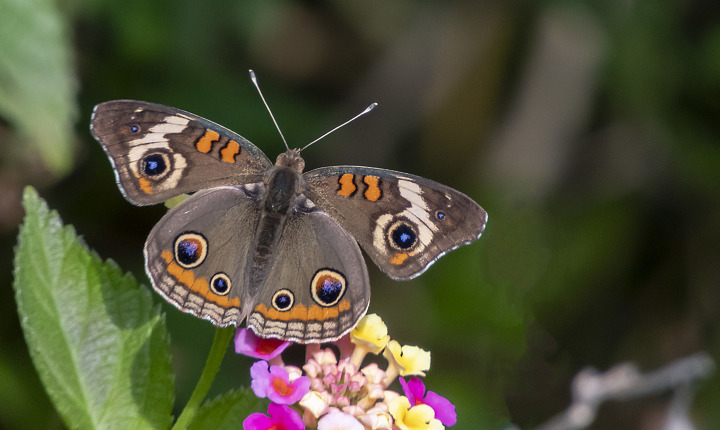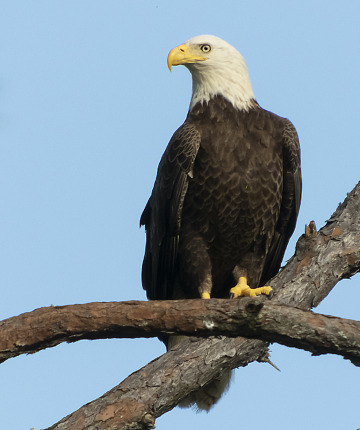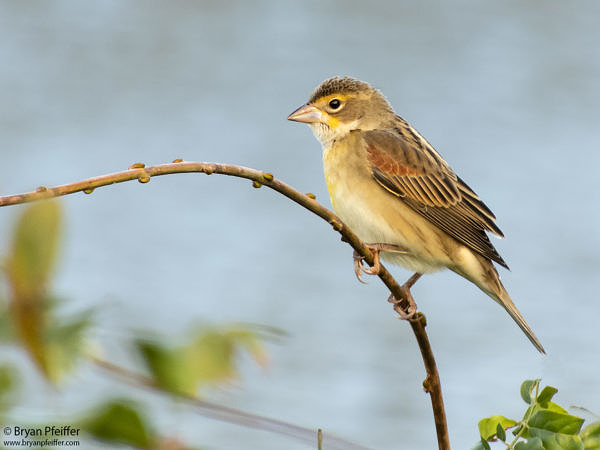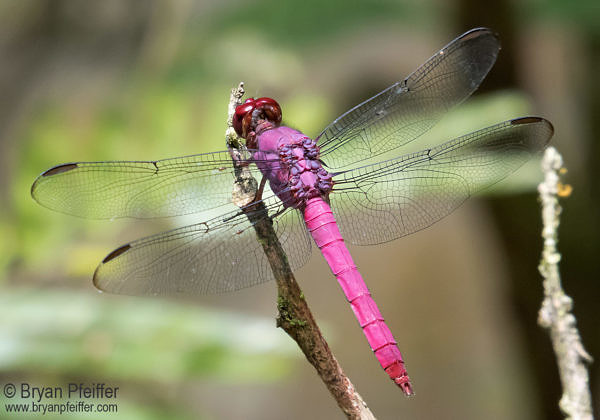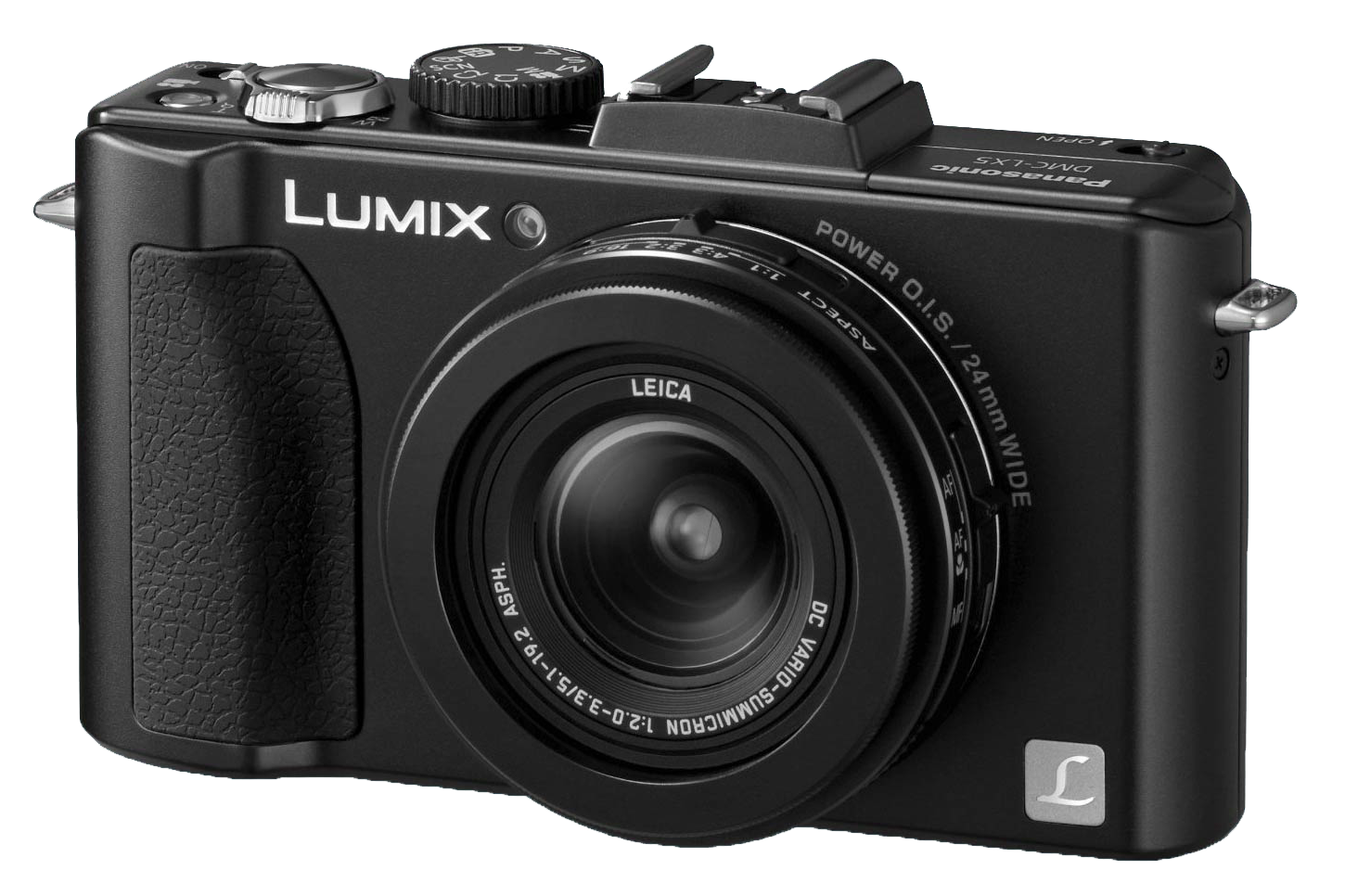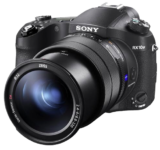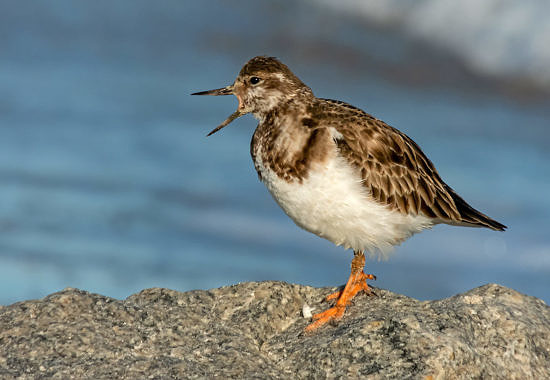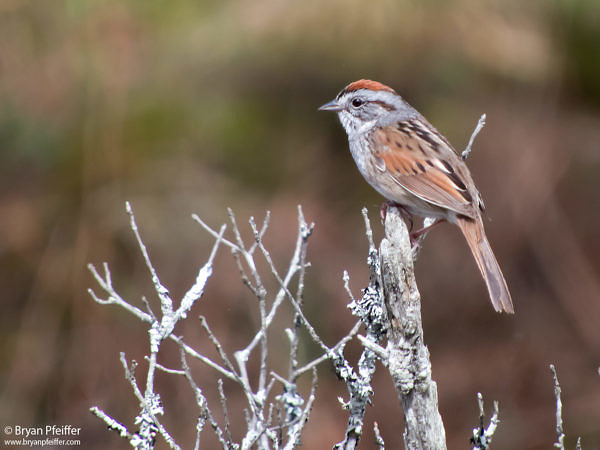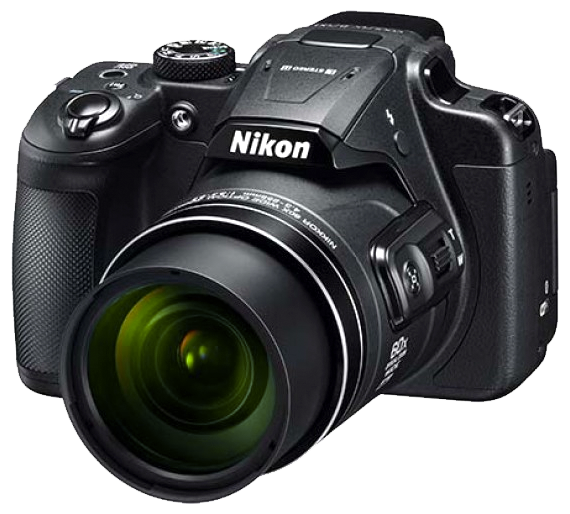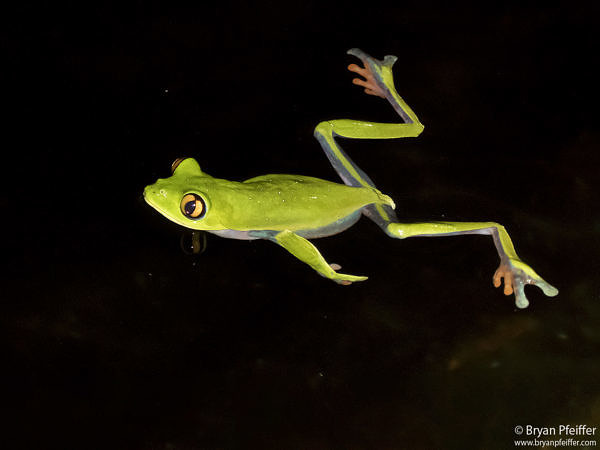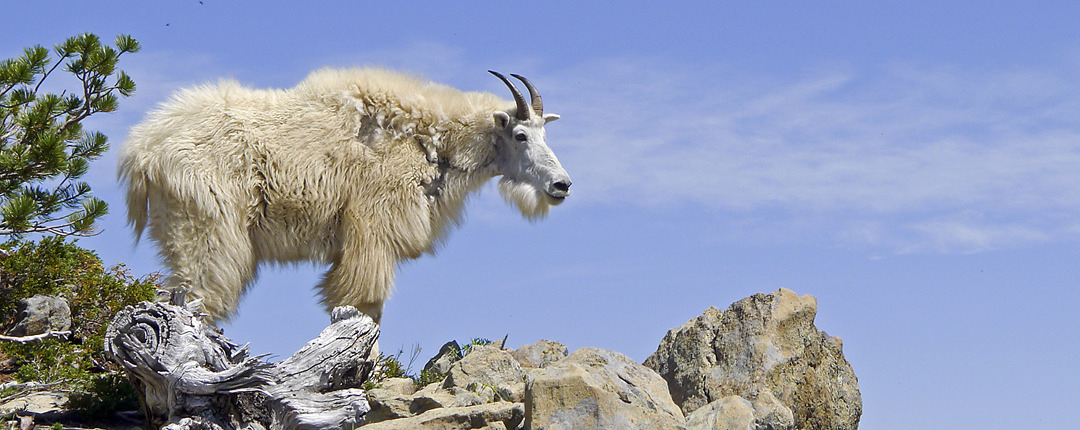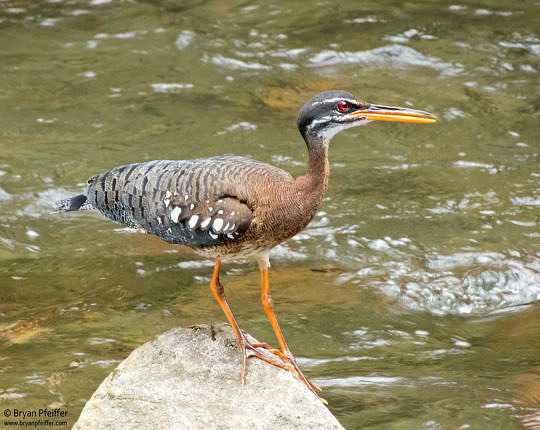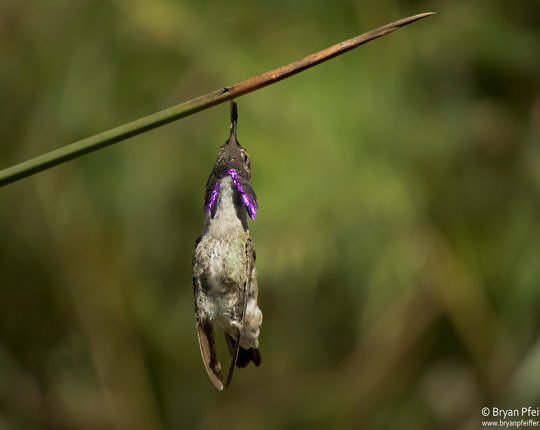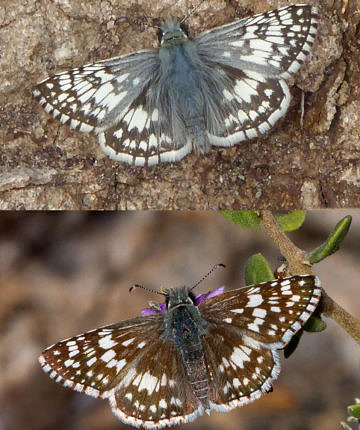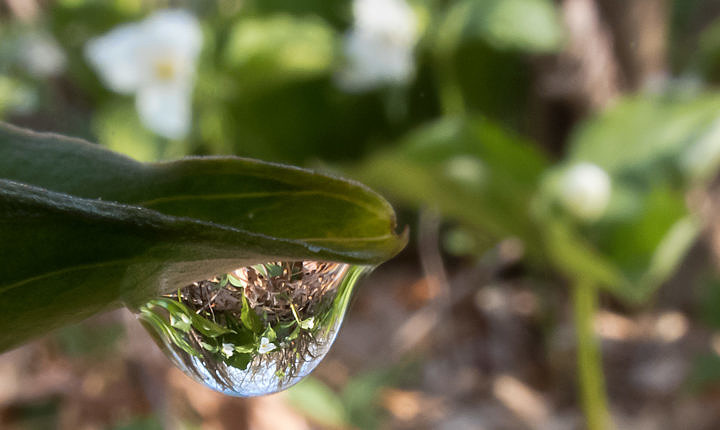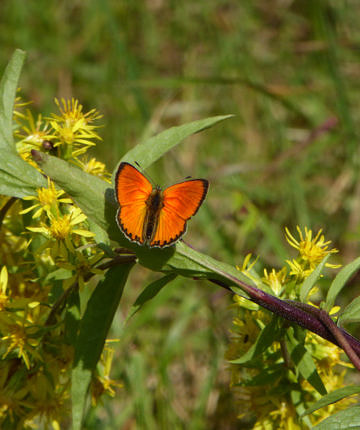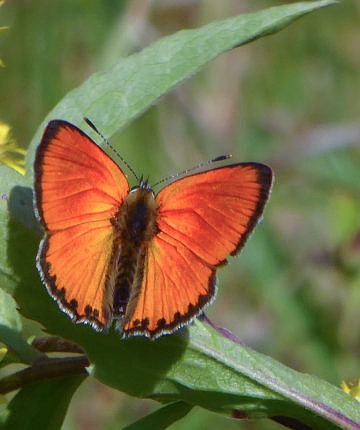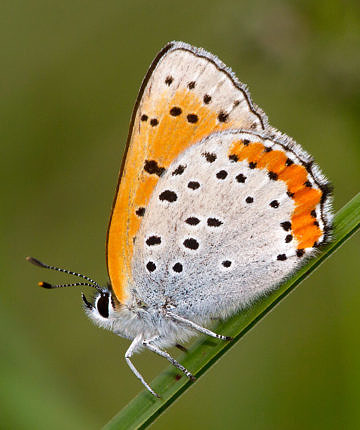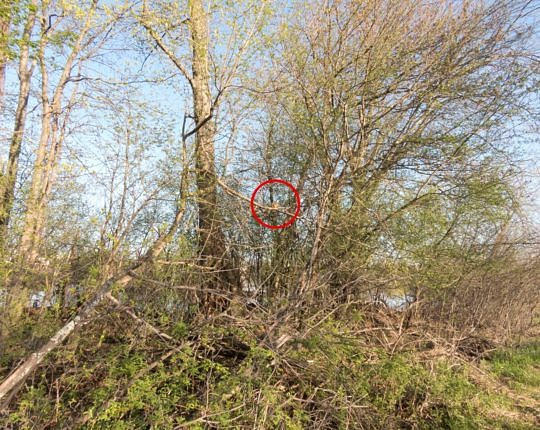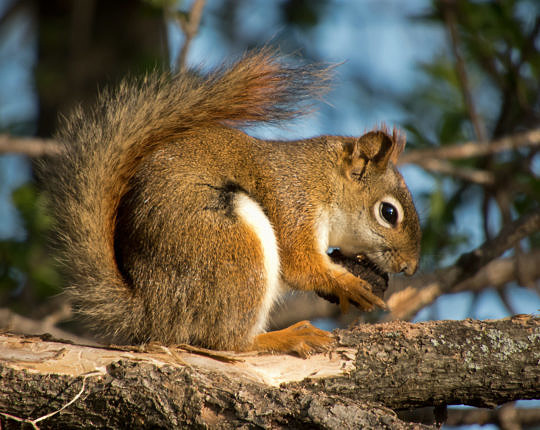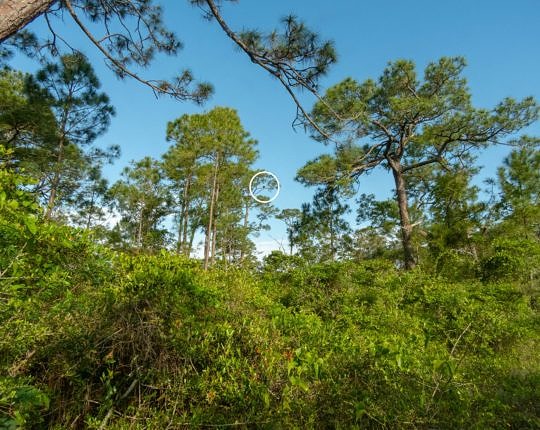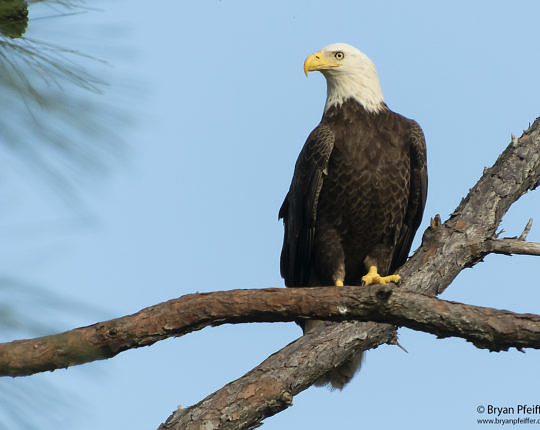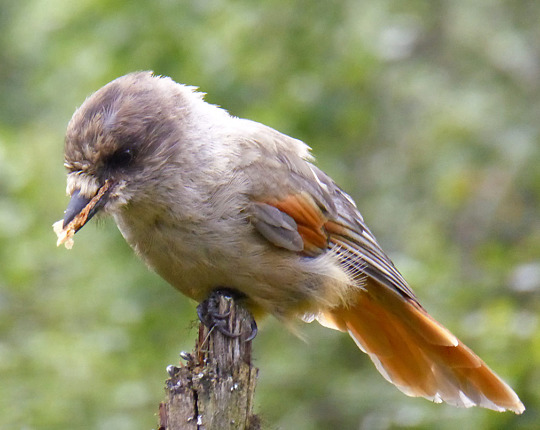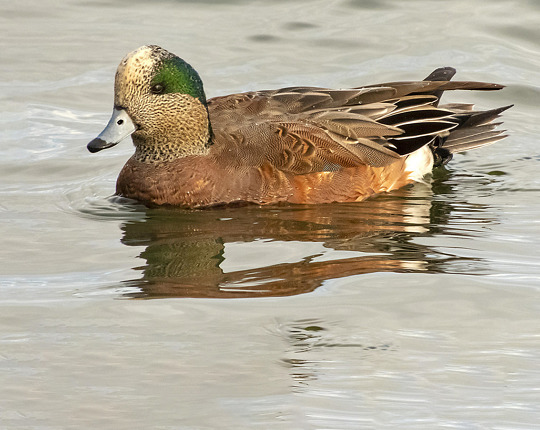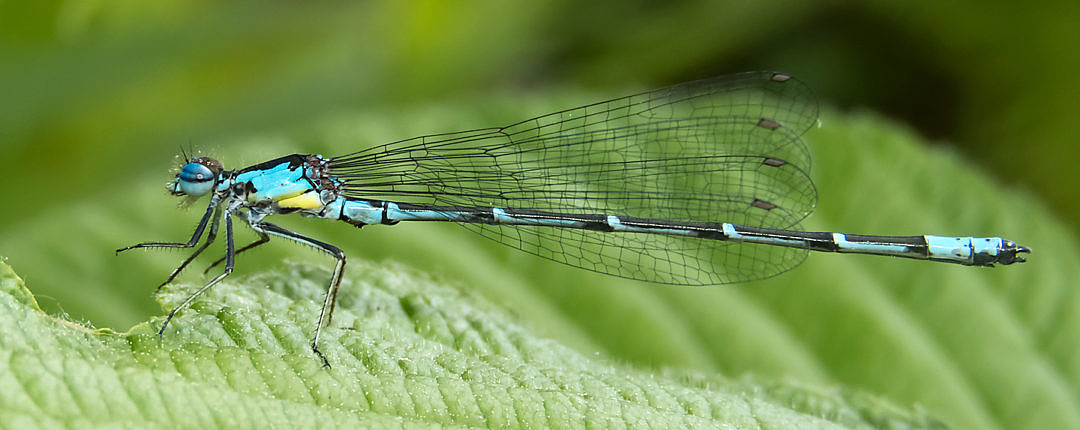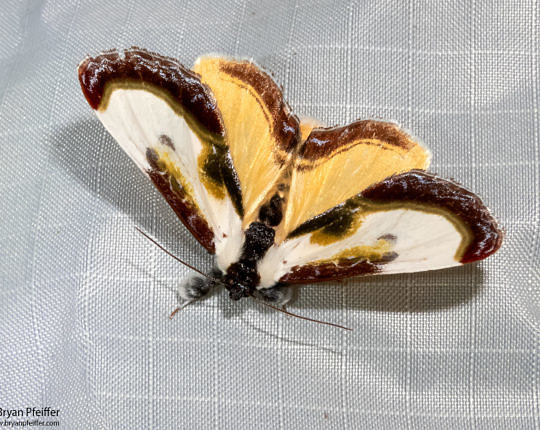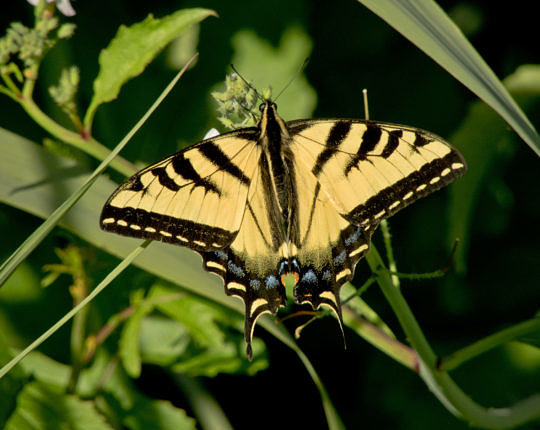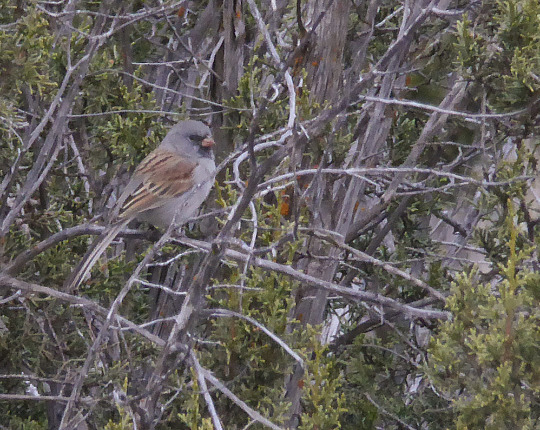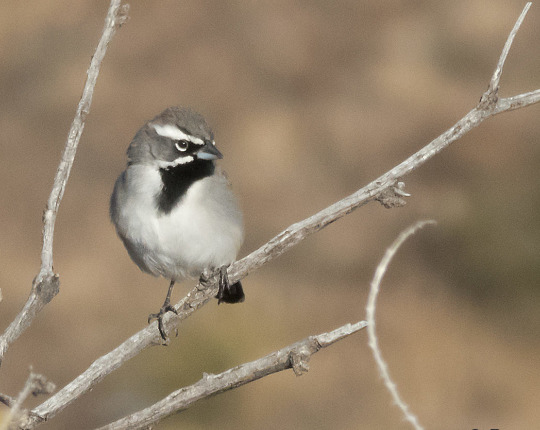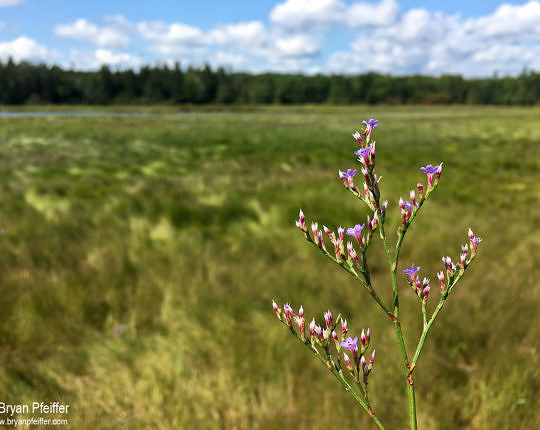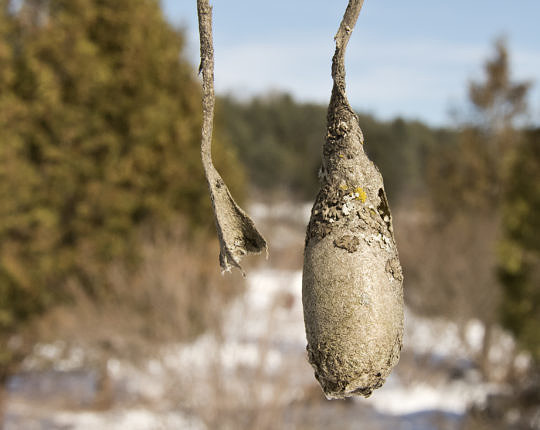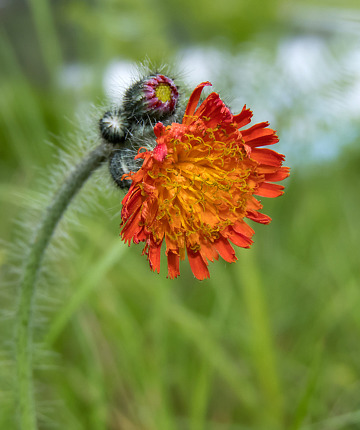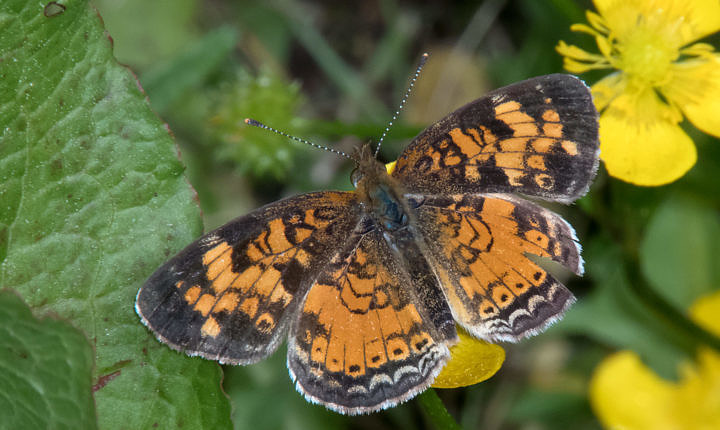Point-and-Shoot Cameras for Nature Photography
An Overview and Buyer's Guide
Your next digital camera will probably reveal more about you than the wildlife and wild places you intend to photograph. That’s because the marketplace is now so crowded with cameras that you should not buy one until you first consider who you are in nature.
A birdwatcher needs more zoom in a camera than a botanist. No mystery there. I’ll suggest cameras for each of you (and will probably save you some money). I might even suggest (for the first time ever) that some of you stick with your new phone as your camera in the wild. But first, whether you intend to shoot birds, butterflies, bryophytes, all of the above, or otherwise, ask yourself this: Who am I outdoors?
If you aspire to become a nature photographer, to shoot like a pro, to print and sell your images, I probably have no camera for you here. My own professional, published photography over the years comes from five digital Canon SLR (single lens reflex) bodies and an arsenal of expensive lenses. No point-and-shoot camera compares. (Even if you’re already an accomplished DSLR photographer looking for back-up gear, the sensors on these point-and-shoots, particularly their noise and lousy dynamic range, will invariably disappoint you.)
But if you are a birder, a naturalist or a professional biologist simply looking to add better photography to your life or work, to mostly share your images online rather than print them in large format, you can do well with these point-and-shoots. Really well. Want proof? Almost every image in this review came from point-and-shoots priced at $450 or less, including this Dickcissel on Monhegan Island, Maine. (Click it for a bigger view.)
Will these cameras land you on the covers of nature magazines and win you awards and riches? Nope, sorry, not likely. As I said, if you want the detail and richness of high-end nature photography, get a real camera — not one of these point-and-shoots. Even so, when heading out on my usual rambles (including birding), I now bring the point-and-shoot. I only lug my expensive DSLR gear for work (yeah, I’m paid to shoot nature and teach photography) and for what I love to photograph most: insects.
Caveats and Warnings
So you might now head off to find yourself and your camera among my recommendations below. But you would be wiser to heed a few warnings and learn some things before you can get these cameras to take photos like what you’re seeing here. I’m really good with these cameras; your results may vary. Here’s why:
- Intelligence — It’s an endangered species here today in the United States. Rather than simply pointing and shooting, wildlife photography takes patience, an awareness of your critter, and, more than anything, some basic photography skills. You’ll want to dial these cameras away from AUTO (dummy) mode and at the very least know your way around shutter speed, aperture, ISO and metering. Not only that, digital camera manufacturers have gone rogue, building in more menus and complexities than most of you will ever need. It amounts to consumer malpractice. So you’ll also need some patience. (Fear not: I offer workshops and tutoring; so does my colleague Sean Beckett.)
-
Light — It is your friend. Not high, harsh noon sun, but rather low filtered or direct light. With the mediocre sensors on these cameras, image quality declines rapidly in the shade or fading daylight. For those of you know it, ISO offers minor respite (I do everything possible to shoot below ISO 400 with these cameras, including not bothering to shoot at all.) This here Pepto-Bismol-colored dragonfly from Costa Rica (shot with an old Panasonic Lumix) is proof of how well a pocket super-zoom can perform with good light. You’ll see a few examples of how these cameras decline in lousy light among the sample images below.
- Sensors — You really need to know about camera sensors because it might save you hundreds of dollars. These point-and-shoots come with one of two sensor types: either the standard 1/2.3-inch or a 1-inch sensor. (Do not try to make sense of these numbers: the 1-inch sensor, for example, doesn’t measure an inch in any aspect — not even close.) Just know that a 1-inch sensor has about four-times more surface area than a 1/2.3-inch sensor, which means it produce a higher-quality image, particularly in low light (like in the tropics or even in temperate woods). One problem with 1-inch sensors, however, is that they can add $200 or more (way more) to the price of your camera. For many of you, mostly birders, I’m not sure a 1-inch sensor is worth more than a couple hundred bucks extra, mostly because they cannot be fitted with big zooms. I do like them for other photography, however, particularly the ability of their wide lenses to produce shallow depths of field (blurry backgrounds).
By the way, if you like stuff like this, you might consider subscribing to my blog. No adds. No spam. No mindless politics. Just nature. Thanks.
RECOMMENDATIONS: You and Your Camera
Sample Images
At long last, some wildlife photos to prove my points. Read the captions carefully. Every one of these images got standard editing in PhotoShop. (Dirty little secret: all self-respecting photographers edit their images to make them look better.) Click any of them for an uncropped view or a slideshow.
Spruce Grouse, shot with the Nikon B700 from about 40 feet away at full zoom.
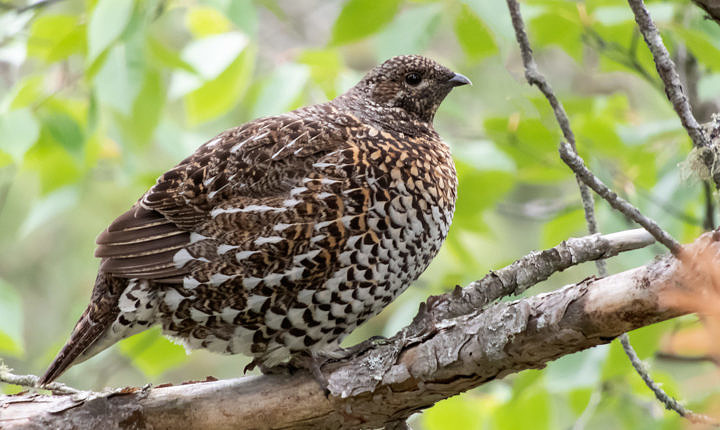
Rock Ptarmigan (Norway) from about 30 feet away in good light, shot with a Panasonic Lumix DMC-ZS40. Not a bad shot online, but nothing you’d want to print at a reasonable size for a frame. Click and zoom for a closer look to see the fuzziness.
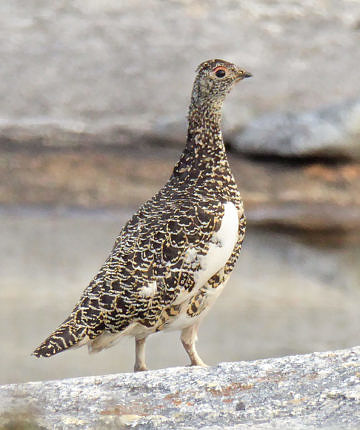
Footnotes
[1] Disclaimers: I haven’t used all these cameras. My reviews come from my own experience and a lot of time reading websites I trust. As for conflict of interest, I pay full prices for my camera gear, although I’d welcome PAC money, Super PAC money, Cub Scout pack money, a MacArthur Fellowship, a trust fund, or a Canon EF 800mm f/5.6L IS USM lens.
[2] I was never a fan of these cameras until I discovered that one of my favorite field biologists on the planet, Dennis Paulson, sometimes leaves behind his heavy SLR gear and uses a Canon PowerShot SX50. I did the same and took my Lumix backpacking to Scandinavia. A birding friend and colleague, Brian Willson, uses a similar Canon Powershot SX50 with incredible success. The SX50 is a classic, responsible for many great wildlife images. But the SX50 has been replaced (by the SX60 and SX70) and other super-zooms I review here. (Even so, I’m sometimes tempted to buy a used SX50; it’s a classic.)
[3] If you want a “record shot,” simply to prove the presence of an organism, sure, use the phone. I do all the time. So do lots of other folks on iNaturalist. It’s great. Phones are replacing cameras among field ecologists as well, who mostly shoot plants and landscapes, even a few macros now and then. And if you’re using GAIA GPS for your field work, which is the best app ever created in the history of the universe, all the more reason to use your phone as a camera. But if you want bird or insects as “art,” as I said at the outset: get a real camera.
Resources
Product Review Specialists
- Digital Photography Review (dpreview) – Probably the most comprehensive testing and reporting resource out there.
- The Wirecutter – Now owned by The New York Times, here’s the latest and best online version of Consumer Reports.
- Cameral Decision – I’ve just discovered this site, so I can’t fully vouch for it. But one great feature is that it allows side-by-side comparisons of cameras.
- Techradar – An article on the top bridge cameras in 2017.
Sensor Stuff
- Digital Trends‘ explanation of sensor size vs. megapixels.
- Wired’s article on why your smart phone camera doesn’t actually suck.
